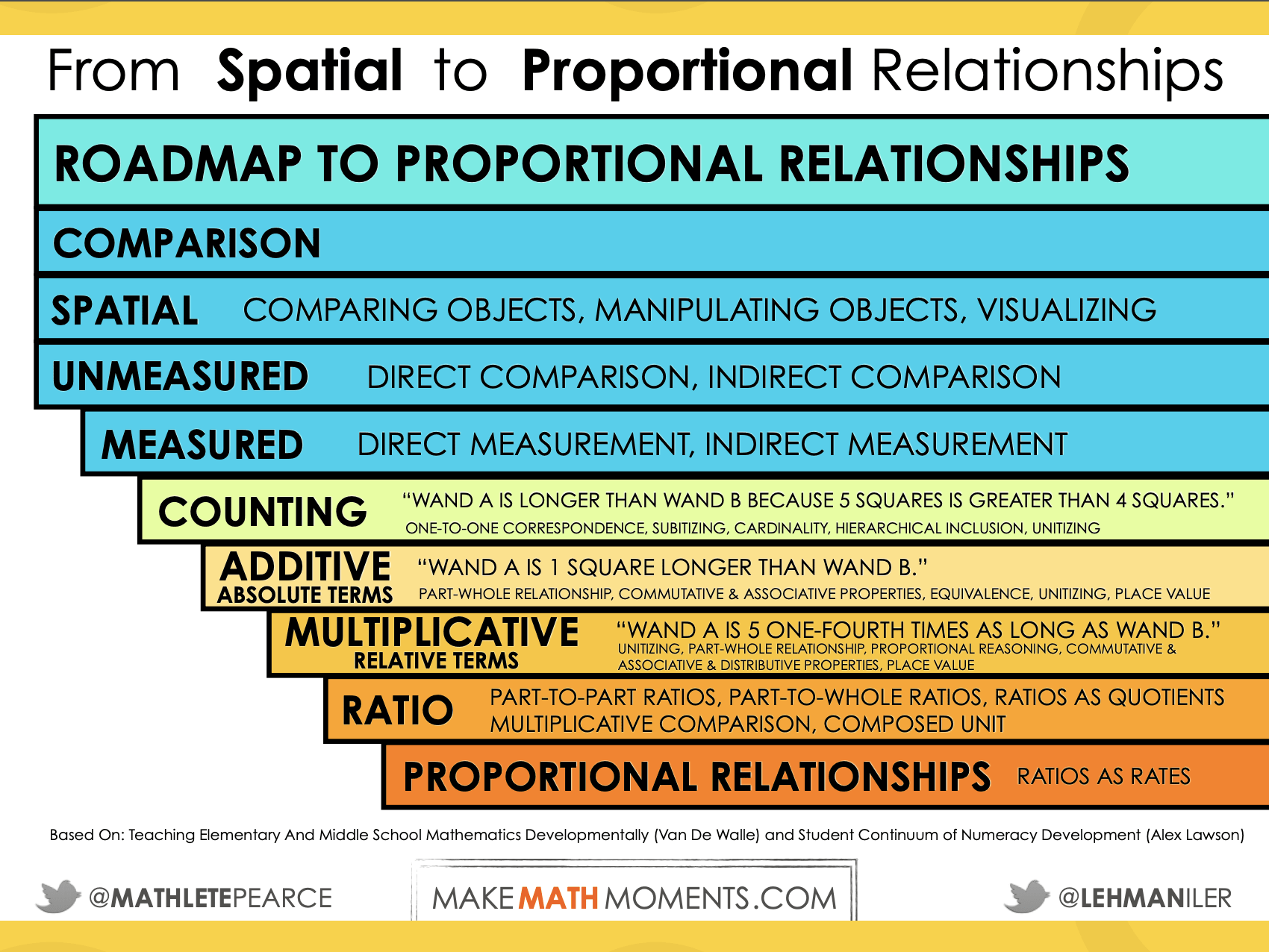4 Tips To Build Your Math Classroom Culture
Despite our intentions to be the best math educators we can be, there is just one problem…
TIME!
We certainly understand that the beginning of a new school year feels like the busiest time of the year.
Transitioning from our “summer slumbers” (or “COVID Slumbers”) to a regular school year routine can be hard enough as it is.
Add in the stress of a new school year and potentially new classroom environments (online/blended/distanced face-to-face) and you might feel buried.
We get it! And that is why we wanted to take a few minutes to share our 4 Tips to Build Your Math Classroom Culture that we unpacked in a recent webinar series.
[But before we do, we want to make sure that you enter our current giveaway which ends soon! Enter here!]
Ok, let’s unpack those 4 tips…
4 Tips to Build Your Math Classroom Culture
We are a bit embarassed when it comes to what we typically did on a first day of school during the first 7 or so years of our career.
It was all about the syllabus, rules and procedures, and don’t forget a little diagnostic assessment to spice things up.
Looking back, no wonder my students came in on day 2 without any energy or excitement to engage during our math class.
Now, we try to keep 4 things in mind as we start off a new school year.

Whether you’re starting a brand new school year or whether you’re just in search of a way to start over with your current group of students, these tips and activities are a great way to start over…
…to hit the reset button.
…to reshape what you value in math class.
You can think of these tips and activities we share as a “How to Re-Start Your Math Class“.
But you might still be wondering… how?
Well, there is no single right answer to achieve any of our 4 tips we’ve shared above as they are over-arching ideas to help you plan your first day, week and even full year.
Here are a few possibilities for you to consider.
1. Set The Conditions For Learning
In a webinar we held recently [replay now available here] we set the conditions through a game we often use called The Game of Nim. We actually played this game with a random attendee from each webinar and each of the hundreds of participants in the chat room were loving the excitement!
Best of all, weren’t just playing a game to appease our students; we were using the game to help set up the conditions for learning that we will be using throughout the school year.
In the webinar replay, we also share a few more strategies that help with getting to know our students and giving them a voice.

2. Start With Curiosity And Wonder
The Game of Nim is an excellent way to frame how learning will take place in your math class; not through memorization and regurgitation, but rather through thinking critically, reasoning and proving.
While the game is exciting and there is some awesome math to be explored if you are up for it, we also want to make sure that students walk away from our first class having engaged in mathematics in the same way we hope to lead each math lesson throughout the rest of the school year.
With this in mind, we shared the Jumping Frogs task and actually had our webinar participants engage in the task as we would have our students engage in the task on the first day.
Does it have to be the Jumping Frogs task from the Make Math Moments Academy Task area?
Certainly not.
But what we want to do is ensure that day 1 isn’t only ice breaker activities that are not actually related to math.
We want both happening together.
And this brings us to our 3rd tip…
3. Paint A Picture
As you’ll see during the on-demand webinar replay, we want to ensure that we spark curiosity in our students and fuel their sense making on the first day so that they walk away with a clear picture of how THIS math class will operate.
Think about how hard it is for YOU sleep the night (or week or month) before school starts…
…imagine what it must be like for students?
…imagine what it must be like for students who believe that they are not capable of being successful in math class?
If we don’t Paint a Picture of what THIS math class will be like on the first day, we’ve just given some of our students another sleepless night wondering how bad math class might be this year.
And while it might seem logical to start with a formal diagnostic or review of key concepts from the previous school year, that is a sure way to paint the wrong picture for those students who already feel like they don’t belong in math class.
How Do We Find Out What They Know?
While we’re suggesting that we don’t formally deliver a diagnostic or a “Review of Grade ___” with students on day 1 (or even week 1), we aren’t suggesting that we don’t try to learn about where our students are along their mathematical journey.
By sparking curiosity through a problem based lesson like Jumping Frogs, we are actively observing and listening into student conversation to determine where along the developmental continuum students are.
For example, if you watch the on-demand webinar replay, you’ll see us grab student sample solutions and we will share how we might consolidate the task to make connections from students who solve the problem using an additive thinking approach by using skip counting, for example, to a student who might be thinking multiplicatively by using a doubling strategy.
It is here where we can learn so much more about what our students know, understand, and can do rather than by simply collecting a diagnostic and spending hours marking in the evenings.
Through this process, we can help to…
4. Address The Concepts That Hold Our Students Back
For years, we had the intention of helping our students overcome some of the most challenging concepts in mathematics.
Unfortunately, when we tried to help our students we often found ourselves using ineffective approaches because they were the only tools in our toolbelt.
You know the approach we’re talking about: re-teaching concepts while speaking louder and slower.
As I’m sure you can guess: the results were less than favourable.
The problem was that we truly didn’t understand how mathematics develops conceptually and therefore we couldn’t appropriately notice and name the math strategies and models students were using nor would we have been able to determine what purposeful questions we could pose to nudge students along their individual journies.
If you’re feeling the same way we did, we’d recommend that you start a journey to better understand mathematics developmentally.
One of the ways we began this journey was by diving into great math reads. In particular, Elementary and Middle School Math: Teaching Conceptually by John Van De Walle, et. al. has had a significant impact on how we understand and teach mathematics both in the elementary and middle years, but also in the high school years with students who struggle.
You can grab that read here.
Download The Ultimate List Of Math Books!

GRAB THE PRINTABLE PDF
Take the Ultimate List Of Math Books For Educators to go by downloading the guide that you can save and print to share with colleagues during your next staff meeting, professional learning community meeting or just for your own reference!
Concepts like spatial reasoning, unit conversions, multiplicative reasoning (which often “seems” like a lack of math fact recall), fractions, and many more.
From here, a colleague (Yvette Lehman) and I started to frame out what we called a “Roadmap to Proportional Relationships” consisting of all of the concepts that students must experience and learn in order to be in a position to successfully work with ratios, rates, and proportional relationships.
If you want to grab this Roadmap, download the cheat sheet here.
I’m sure after looking at it, you’re thinking “wow, that’s a lot to consider!”
Never fear!
If you’re feeling a little lost or maybe just too busy (who isn’t?) to go it alone, then you might choose to embark on the journey to better understand how mathematics develops with the guidance and support from us here at Make Math Moments.
That’s why we created a full self-paced, 9-module online course called The Concept Holding Your Students Back: Unlocking Key Understandings in Proportional Relationships to help math educators just like you learn how to notice and name the very important concepts that are holding many of our students back.
If you’re interested in learning more about the full proportional relationships course, you can dig into Module 1 here as it is open to view without registering or logging into our Academy website.
So, you’ve got a few different ways you can take action as you prepare (or continue) your new school year.
You can:
- Check out the Webinar Replay to dive deeper into these 4 Tips To Build Your Math Classroom Culture;
- Learn more about our self-paced, 9 module online course called The Concept Holding Your Students Back: Unlocking Key Understandings In Proportional Relationships; and,
- Enter our Current Giveaway for your chance to win some great prizes and a seat in our upcoming proportional reasoning course.
While we know we can’t do EVERYTHING, we encourage you to take action on ONE of the items above as we prepare for likely the most challenging school year yet.
LEARN THE PROGRESSION OF PROPORTIONAL REASONING TO HELP OVERCOME
THE CONCEPT HOLDING YOUR STUDENTS BACK

Join us in a 9-Module, self-paced online course where we unlock Key understandings along the Proportional Relationships Roadmap from Spatial Comparison to Ratio, Rate, and Proportionality.


